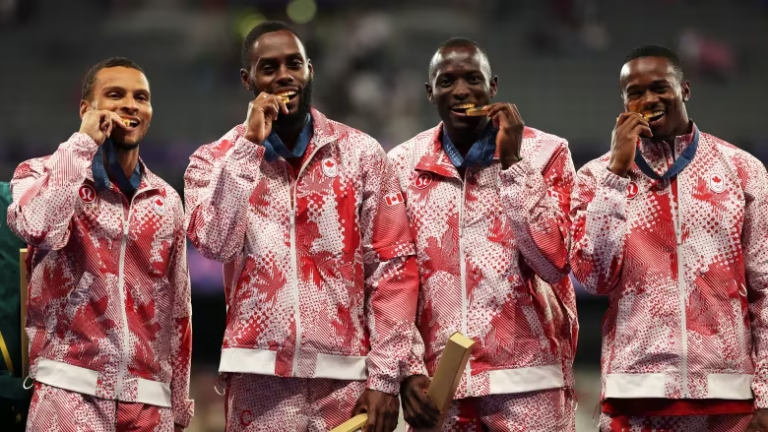Impact of Canada’s Women’s Hockey League on Global Women’s Sports
Canada’s Women’s Hockey League has profoundly influenced global women’s sports by driving visibility, fostering talent, and advocating gender equality in athletics. The league’s significance extends beyond the rink, transforming the landscape of women’s sports worldwide.
Historical Background
Established in 2007, the Canadian Women’s Hockey League (CWHL) aimed to provide elite female hockey players a professional platform. Although the league ceased operations in 2019, its legacy continues through subsequent organizations like the Professional Women’s Hockey Players Association (PWHPA), actively striving for a sustainable professional league.
Raising Visibility for Women’s Sports
The league significantly raised the profile of women’s hockey internationally:
- Media Exposure: Increased television coverage, streaming platforms, and media attention helped spotlight women’s hockey, attracting new fans and inspiring future athletes.
- Role Models: High-profile Canadian players like Marie-Philip Poulin and Hayley Wickenheiser have become role models, motivating girls worldwide to pursue sports.
Talent Development and International Success
Canada’s Women’s Hockey League contributed extensively to talent development:
- Global Influence: The league attracted international talents, creating a competitive environment that elevated the global standard of women’s hockey.
- Olympic Success: Many league players represented their countries successfully at international tournaments, showcasing the high caliber fostered within the league.
Advocacy for Gender Equality
The league and subsequent organizations have strongly advocated for gender equality:
- Pay Equity Initiatives: Efforts to ensure fair wages, improved resources, and professional standards set benchmarks for gender equality in sports.
- Role Models and Leadership: Female athletes used their platforms to highlight inequality issues, contributing significantly to broader discussions and progress in gender equality in sports.
Talent Development and Grassroots Impact
The league positively impacted grassroots hockey:
- Youth Inspiration: Visibility of successful female athletes inspired increased participation in youth hockey programs nationwide and globally.
- Pathway to Professionalism: Provided clear professional pathways for aspiring young players, significantly motivating youth engagement.
Economic and Social Influence
The economic and social impacts of the league were substantial:
- Community Engagement: Local community involvement through events, camps, and outreach programs created social value and fostered deeper community connections.
- Economic Opportunities: Generated economic activity within host cities through attendance, sponsorships, and events associated with league activities.
Challenges and Opportunities
Despite its successes, the league faced challenges including funding and sustainability. Moving forward:
- Sustainable Professional League: Continued efforts to establish a stable professional women’s hockey league remain essential for growth.
- Enhanced Support: Increased corporate sponsorship, public investment, and community backing are necessary for future sustainability and success.
Future Prospects
The future of women’s hockey is promising, influenced strongly by the league’s legacy:
- Global Expansion: Ongoing international collaborations will further solidify the sport’s global status.
- Continued Advocacy: Persistent advocacy for equitable resources and opportunities will significantly shape future women’s sports.
Conclusion
Canada’s Women’s Hockey League has left an enduring legacy, significantly enhancing visibility, advocacy, and talent development in global women’s sports. Its impact continues through ongoing initiatives aimed at creating a sustainable, professional environment for female athletes worldwide.
Write something…



